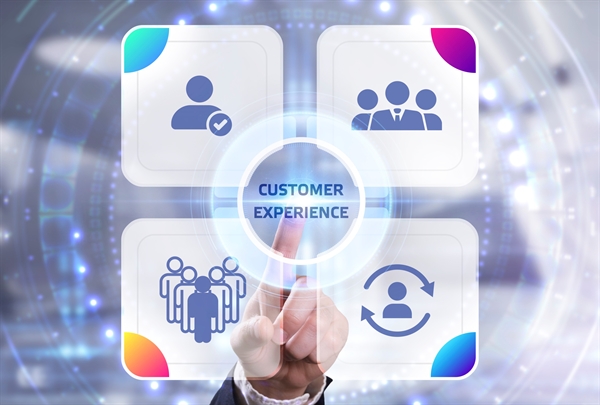Not finding what you want from a website can be very frustrating, especially if you’re thinking of buying a product or service from the business that runs it. By learning from this and focusing on user experience (UX) design for your own business’s website, you can work to avoid problems such as dealing with disgruntled customers or a high bounce rate before they happen Here’s how implementing UX design can streamline your customer journey.
What is UX design?
The objective of UX design is to generate an enjoyable, seamless experience for the user on a website, software or any end user product. It focuses on enhancing user satisfaction by creating products that provide relevant and meaningful experiences. This can have brilliant benefits for your business, like improved conversion rates, customer satisfaction, and returning customers who enjoyed their experience the first time round.
What does UX Design bring to the table for SMEs?
Smooth, enjoyable customer journeys are important for small businesses, as the boost in customer satisfaction has an impact on your overall client base. Thanks to our ease of access to customer reviews nowadays, customer expectations are on the rise. In fact, about 95% of customers read reviews before making a purchase. To remain competitive, you’ll need to implement UX design into your website to provide a seamless customer experience that will have clients coming back for more.
Important elements of UX Design
UX is an incredibly important component of website design, with brands setting the bar higher and higher for successful conversions. These are the absolute basic foundations that we stand by when working on the user experience – your website needs to be:
- Easily navigable: Customers need to be able to browse your website with ease. Encountering issues with navigation can seriously hinder the amount of time users spend on your site. A report by KoMarketing found that after reaching a company's website via a referral site, 50% of visitors will use the navigation menu to orient themselves. Therefore, this navigation panel needs to be clear and informative, so your site makes a good impression.
- Mobile optimised: 2% of all website traffic is generated from mobile phones, so if your website isn’t optimised for this format, you could be cutting your potential customers in half. A mobile optimised site ensures all visitors are able to access your site in whatever way is convenient for them.
- Fast loading: According to research by Google, the probability of bounce increases by 32% as page load time goes from 1 second to 3 seconds.
If your small business is yet to consider UX design for its website, it’s not too late to start! By keeping user experience in mind when designing your website, you’ll ensure your customers remember your brand and products for the right reasons. If you’re interested in incorporating UX design into your website, we’d love to hear from you.

